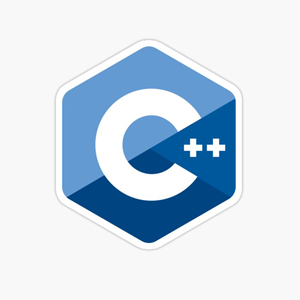Extend the map of children to their family name that you wrote for the exercises in § 11.2.1 (p. 424) by having the vector store a pair that holds a child’s name and birthday
belongs to book: C++ Primer|Stanley B.Lippman, Josee Lajoie, Barbara E.Moo|5th Edition| Chapter number:11| Question number:14
All Answers
need an explanation for this answer? contact us directly to get an explanation for this answer
need an explanation for this answer? contact us directly to get an explanation for this answer
total answers (1)




 C++ programming
C++ programming